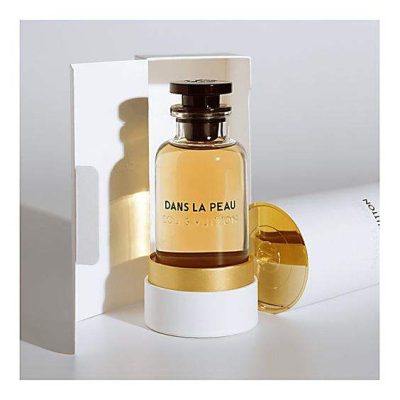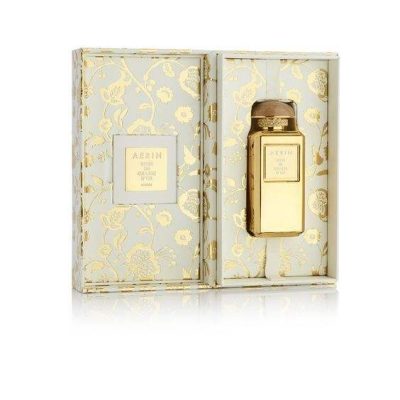Iris is probably the most misunderstood fragrance. The iris in the fragrance table is extracted from the rhizome of iris, which is dry, with an obvious earthy smell, rough and tough; the iris smell is watery, medicinal, and not sweet at all. If you use one word to describe this fragrance , is “clear”. Therefore, most of the perfumes that focus on iris actually have nothing to do with the fragrance of iris. Although this iris ukiyo-e by Hermes is also taken from the root of the iris, the powder of the iris root is not heavy, and the whole body reveals a fresh green breath, which can be regarded as inheriting the soul of the iris.
Honeysuckle is what we often call honeysuckle, or honeysuckle, the difference is that the former is a climbing plant and the latter is a large shrub. The smell of the two is slightly different. The honeysuckle in climbing has a taste close to honey and is very sweet, while the honeysuckle is slightly bitter, similar to tea. The temperament of this honeysuckle from SMN is closer to the golden and silver wood, because it has an oak moss bottom, with an obvious earthy smell. Compared with Annick Goutal’s honeysuckle, this one is greener and tougher.
The aroma of peony is far less than its visual impact – powdery, dry, with a hint of leaves, pleasant and non-aggressive. The most apt description is the phrase “The warm wind blows the threshold of Revlon” – the fragrance of peony must be brought into the nose by the warm spring breeze, gentle to the bone. This peony from Penhaligon’s uses violets to reproduce the powdery texture of the peony flower fragrance, coupled with the consistent characteristics of British perfumes, it is sweet and restrained, so it is more simulated.
Everyone thinks they know the scent of roses, but in reality, 80 percent of what you smell is a rose—the cut flower “rose” sold at a florist. The aroma of modern roses is very rich, there are tea-like musk-like myrrh-like fragrances… and so on, while the roses that are really used as perfume raw materials have a relatively simple aroma, usually sweeter than the “roses” you have smelled. There are too many roses used in perfumes, but not many have a single taste without interference from other elements. The classic Paris of YSL is an example. It is sweet and charming, neither water vapor nor green, beautiful and graceful, gentle and not domineering. Not Xiaojiabiyu.
The taste of cloves is far from being as delicate and delicate as it looks. It is a fragrant plant and is slightly toxic. It is easy to cause headaches when surrounded by cloves for a long time. There are many kinds of lilac flowers, and different types have different smells. For example, a very common white lilac, which smells like rice. The lilac, which is usually used for urban greening, has a very charming smell, sweet, strong and sharp, which is quite refreshing. In fact, there are very few lilac scents in the perfume. You can try the lilac of Frederic Malle, which is quite simulated before the middle tone.
Everyone is also familiar with the fragrance of lily. It is humid and has a unique odor. Some people love it, and some people hate it. Frederic Malle’s Mediterranean lily, the base note is a little stinky lily and moist and gloomy patchouli, and the green plant is very full and full of vitality. It’s also subtly mixed with floral aromas – the floral aromas in hot regions are usually more intense, making people feel cramped and sensual, but the floral aromas here are rarely refreshing and cold, making people want to take a deep breath. After the middle note is a simple lily, but there is no rancid smell, but there is a faint aroma of wheat, which is easy for people who hate lily.









